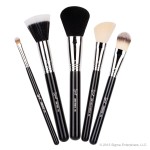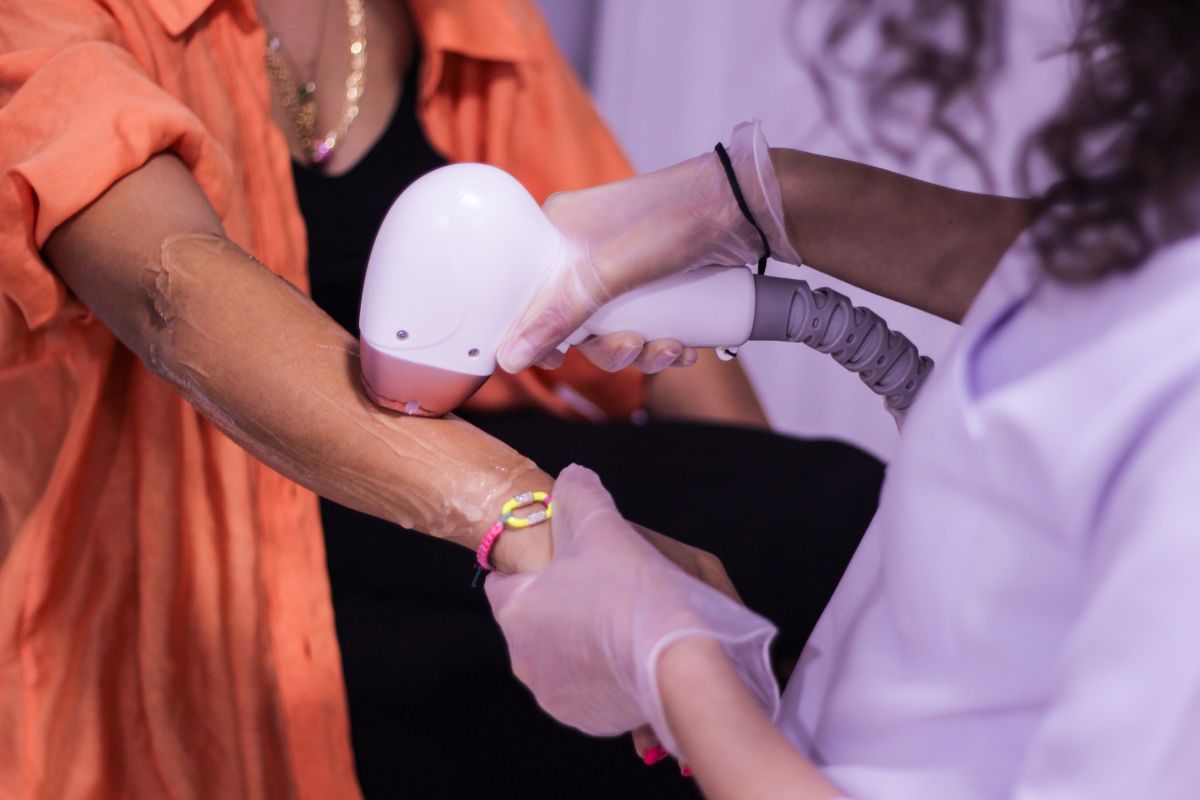IPL devices: The future of hair removal and skin rejuvenation
IPL (Intense Pulsed Light) devices are becoming increasingly popular in the beauty industry, particularly for hair removal and skin rejuvenation. These devices use a specific technology to deliver pulses of light to the skin, which are then absorbed by the target cells or structures, causing various effects. We’ll dive deeper into how IPL devices work and the technology behind them.
Understanding the technology behind IPL devices
IPL devices use a broad spectrum of light, typically ranging from 500 to 1200 nanometers (nm), which is filtered to select the desired wavelength for the treatment. The light is delivered through a handpiece that is placed on the skin and activated, sending short pulses of light to the target area. The light energy is then absorbed by the target cells, such as melanin in hair follicles or hemoglobin in blood vessels, causing various effects depending on the treatment.
Selective targeting of melanin in hair follicles
One of the most common uses of IPL devices is hair removal. The light energy is absorbed by the melanin in the hair follicle, which heats up and damages the follicle, inhibiting its ability to grow hair. However, because IPL devices are not as specific as laser devices, which use a single wavelength of light, they may not be as effective for darker skin tones or lighter hair colours. It’s important to consult with a professional and follow the instructions carefully to ensure safe and effective results.
IPL Devices for Skin Rejuvenation
IPL devices are also used for skin rejuvenation, targeting a variety of skin concerns such as pigmentation, fine lines, and acne. The light energy is absorbed by the target cells, causing them to break down and be eliminated by the body’s natural processes. This stimulates the production of collagen and elastin, which are essential for healthy and youthful-looking skin. IPL devices can also target blood vessels that cause redness and rosacea, reducing their appearance and improving overall skin tone and texture.
The Technology Behind IPL Devices
The technology behind IPL devices is based on selective photothermolysis, which is the process of selectively targeting a specific structure or cell type with light energy to cause thermal damage. The selected wavelength of light is absorbed by the target chromophore, such as melanin or hemoglobin, which converts the light energy into heat energy, causing thermal damage to the target. However, the surrounding tissue is not affected because the energy is only absorbed by the target chromophore.
IPL devices offer safe and effective hair removal and skin rejuvenation
To ensure safe and effective treatment, IPL devices typically have various settings that can be adjusted to match the individual’s skin type and treatment area. The settings may include the wavelength of light, the pulse duration, the pulse delay, and the energy level. It’s important to follow the instructions carefully and start with lower energy levels to avoid skin damage or discomfort.
Understanding the technology behind IPL devices can help ensure optimal results
In summary, IPL devices use a specific technology to deliver pulses of light to the skin, which are absorbed by the target cells or structures, causing various effects depending on the treatment. The technology is based on selective photothermolysis, which selectively targets a specific chromophore with light energy to cause thermal damage. IPL devices can be effective for hair removal and skin rejuvenation, but it’s important to consult with a professional and follow the instructions carefully to ensure safe and effective results.
 Natural hair brushes are made with hair from animals such as squirrel, weasel, goat and sable. For this reason, they are generally more expensive than an equivalent synthetic brush, but form an important role in your brush kit.
Natural hair brushes are made with hair from animals such as squirrel, weasel, goat and sable. For this reason, they are generally more expensive than an equivalent synthetic brush, but form an important role in your brush kit.
Real hair has follicles, which means the brush will pick up your product and will hold it until you buff or press the product onto your skin. Natural hair brushes are great for “dry” products like powder eyeshadows, powder blushes and face powder. A well-blended look is easier using this brush type. Usually the bristles on natural hair taper at the ends to give a luxuriously, soft brush which should feel beautiful on your skin.
Keep in mind that natural brushes are not really suitable for “wet” products – the product will be absorbed into the bristles, which results in product wastage, but also means it will be difficult to distribute the product onto your skin.
 Synthetic hair brushes are man-made and are generally stiffer to the touch than natural hair brushes. The synthetic fibres aren’t porous and consequently won’t absorb the product like natural hair brushes. This makes synthetic brushes ideal for “wet” products.
Synthetic hair brushes are man-made and are generally stiffer to the touch than natural hair brushes. The synthetic fibres aren’t porous and consequently won’t absorb the product like natural hair brushes. This makes synthetic brushes ideal for “wet” products.
Products such as liquid foundations, cream concealers, liquid or gel eyeliners, cream eyeshadows, cream blushes and of course lipstick are best applied with synthetic (as above, product won’t be wasted by the bristles absorbing it and then not being distributed on your skin).
I find it best to “work” the product off the brush and into your skin with gentle movements. This also helps warm up the product for a more even finish. Blending and buffing isn’t as easy with synthetic brushes as the bristles don’t move as freely, so grab a natural hair brush for this effect.
Synthetic brushes are green products, easier to clean, rarely shed, and have less odour than natural brushes however, because they are cut to size, they do not have a natural a tip like natural hairs do, and if you have sensitive skin you may find them harsher than natural bristles.
I encourage you to experiment with both types of brushes as it’s also a matter of preference. The brush should feel comfortable on your skin and not cause irritation.
A little tip – after purchasing a brush, coat the name or number of the brush with clear nail lacquer. If you love the brush but after many years it needs replacing, the name won’t have worn off and you’ll have the details for re-ordering!
Remember that at the end of the day, cleaning and caring for whatever your brush types you have will see you get the best out of them.


